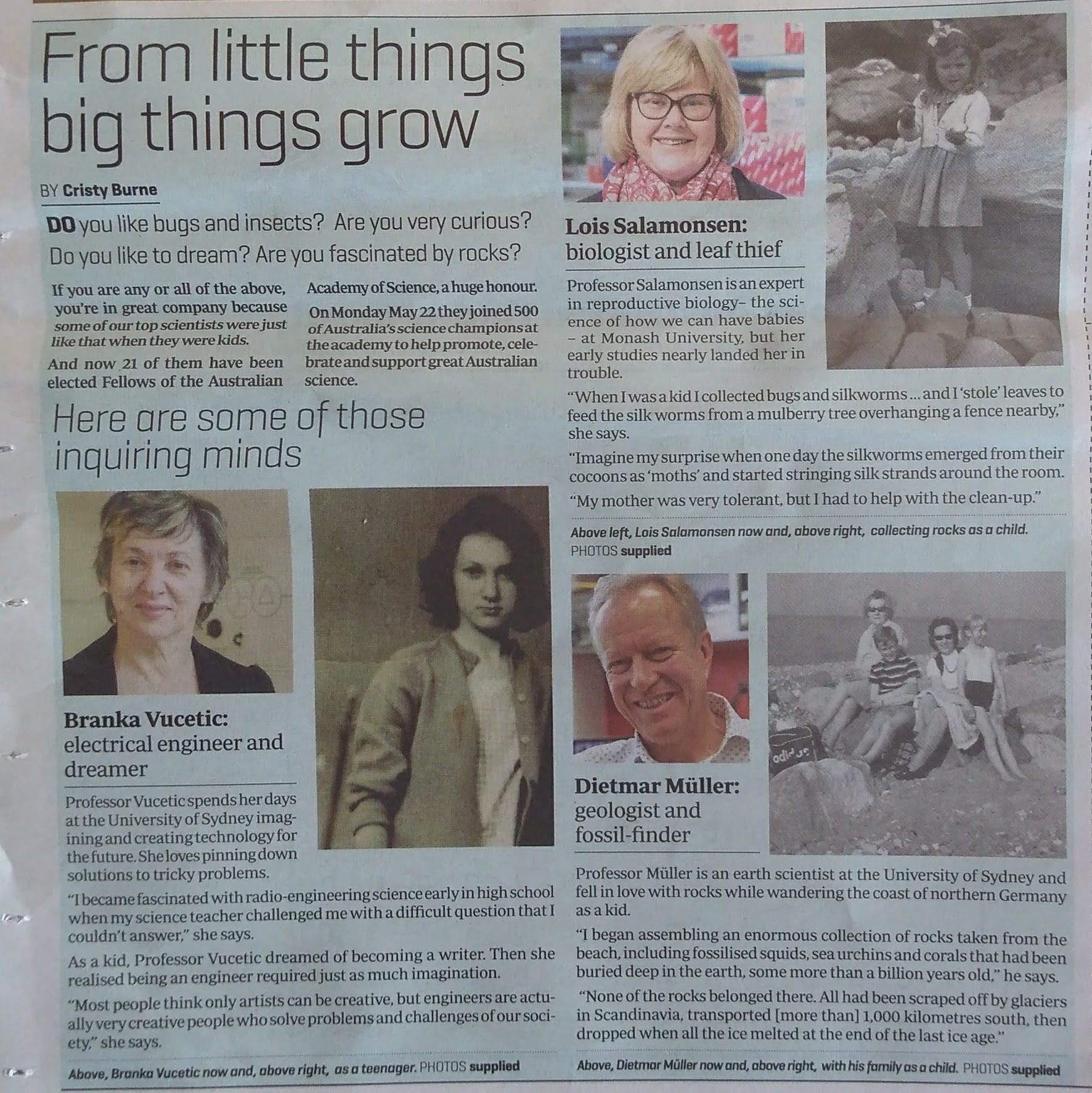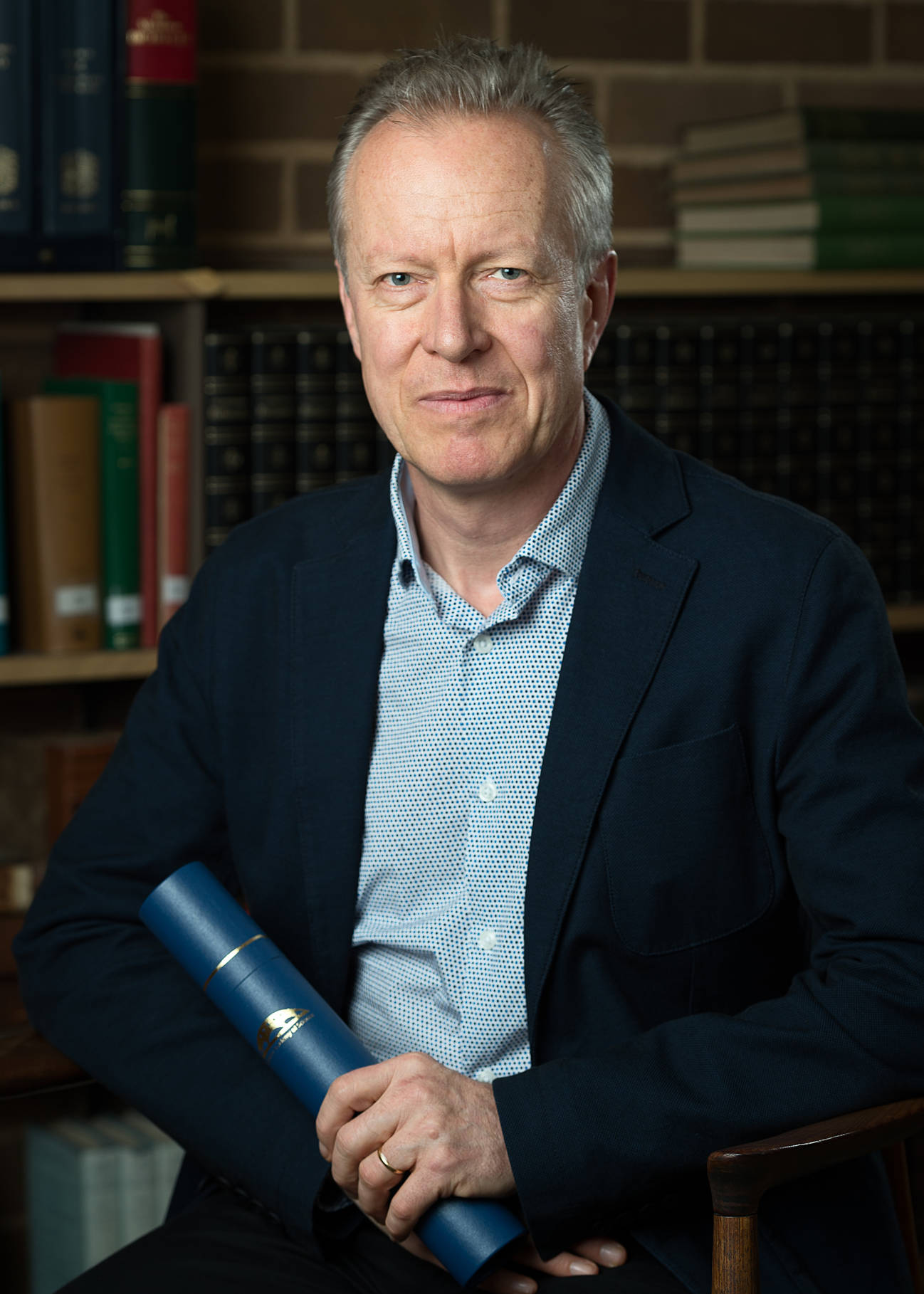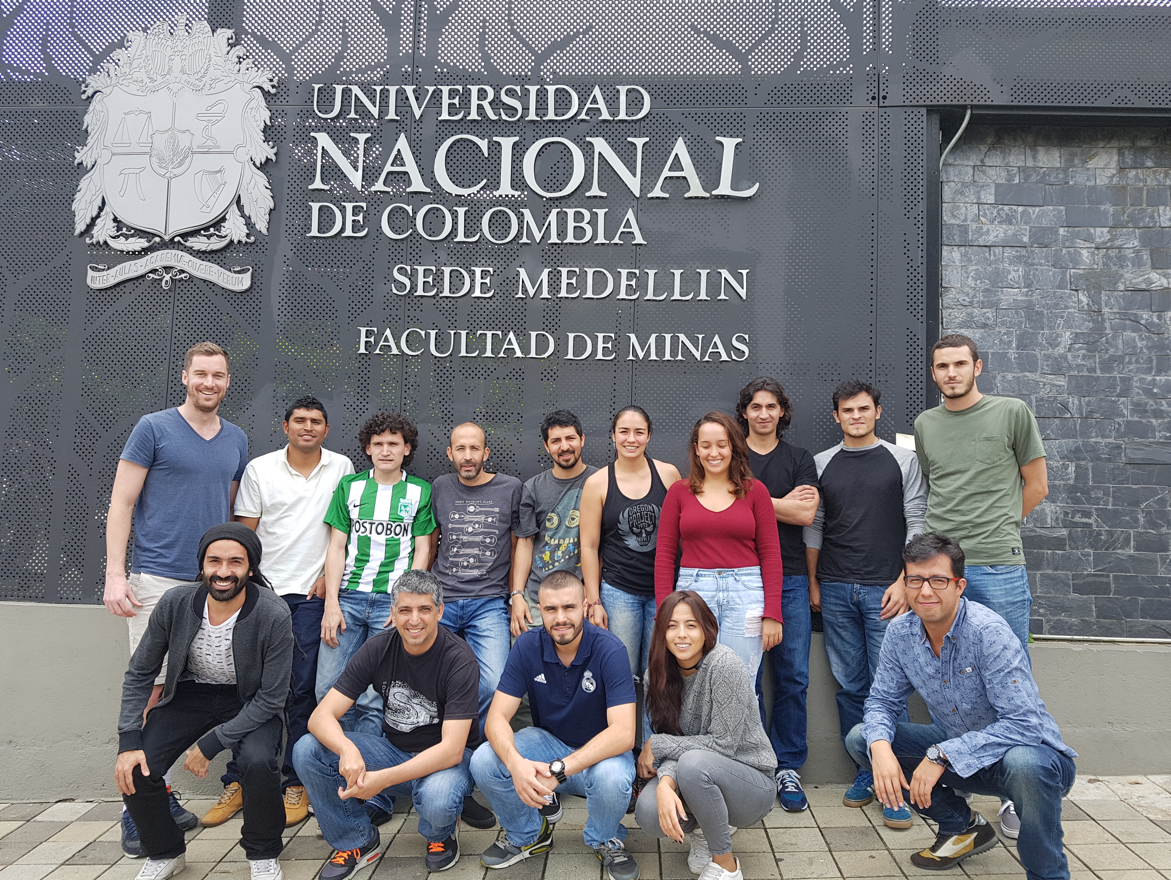Five minutes with Tristan Salles
Avid traveller and explorer, geophysicist Dr Tristan Salles, discusses his childhood in Africa and his experiences as an early-career researcher. What is your background, and why did you decide to join the University? I grew up in Africa, living in Madagascar, Cameroon and Senegal before moving to France at 17. My dad was an avid lepidopterist [the … Read more…


















